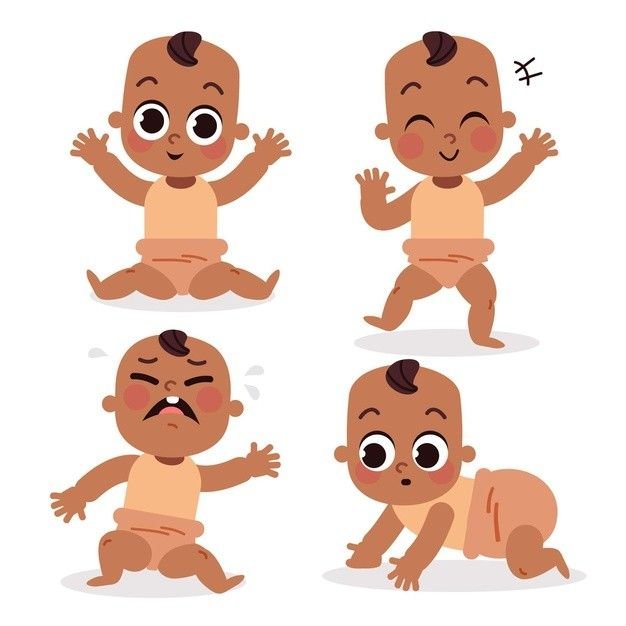
Baby Minds Matter: Understanding Infant Mental Health Symptoms
When we think of mental health, we often picture adolescents or adults—but did you know that infant mental health is just as important?
Infants may not talk or express emotions the way older children do, but they are deeply impacted by their environments, relationships, and early experiences. Infant mental health refers to the emotional and social well-being of babies from birth to age 3—and yes, even tiny babies can show signs of mental health challenges.
Let’s explore what those signs might look like, why they matter, and how parents and caregivers can help.

Helping Your Child Process After a Natural Disaster: A Guide for Parents and Guardians
Natural disasters can be overwhelming, not just for adults, but especially for children. The sudden loss of control, fear, and uncertainty can deeply impact a child's emotional and psychological well-being. As parents and guardians, understanding the psychology behind their reactions and offering the right support can make all the difference in helping them process such traumatic experiences.
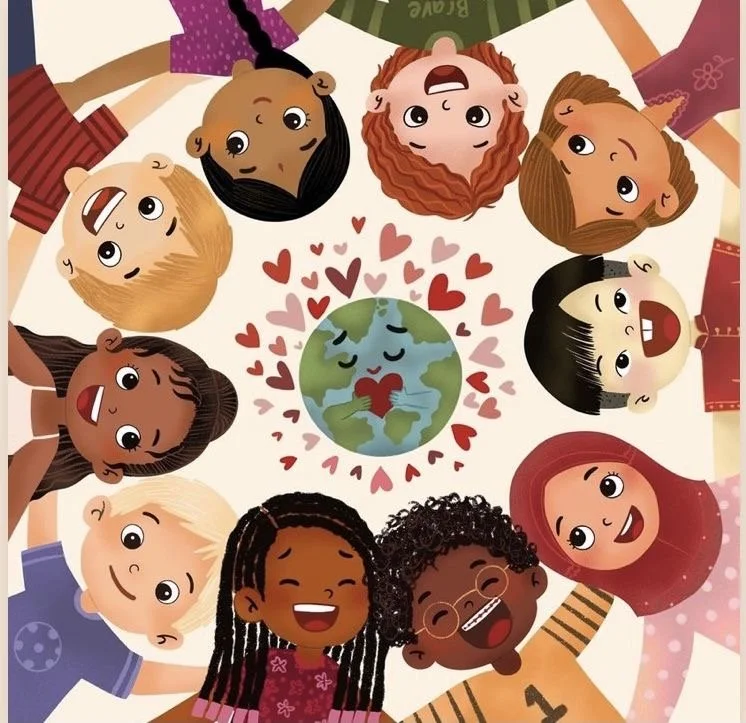
Child Love Language Tools for Trusted Adults
The concept of Love Languages, popularized by Dr. Gary Chapman, suggests that individuals express and experience love differently: words of affirmation, acts of service, receiving gifts, quality time, and physical touch. Understanding a child's love language can significantly impact the parent-child relationship and contribute to a deeper connection. Let's explore how Love Languages apply to different age groups and how parents can nurture these relationships:
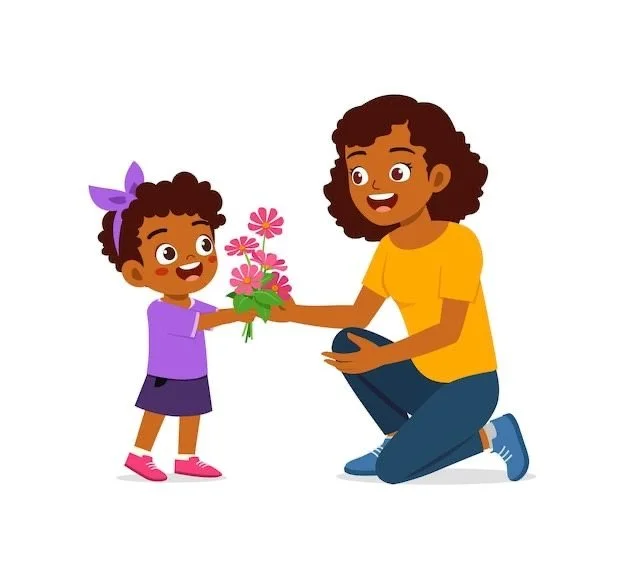
How Children understand the Love Languges
Understanding the Love Languages at different age levels involves considering each child's cognitive and emotional development. Let's explore how children understand and express the Love Languages at different developmental stages:
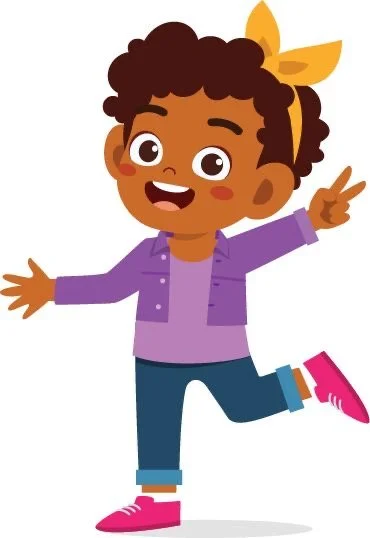

Temper Tantrums
Temper tantrums are common in children and can occur for various reasons at different stages of development. Let's break down the causes and factors influencing temper tantrums in toddlers, children, adolescents, and teenagers and then explore strategies for parents to help manage them effectively.

Anger Management
Anger in children can stem from various causes at different stages of development. Let's break down the causes and factors influencing anger in toddlers, children, adolescents, and teenagers and then explore strategies for parents to help manage this anger effectively.

A bully prevention Strategy for schools?
In promoting a bully-free climate within the school, the National Bullying Prevention Center. (n.d.). The first step is identifying and educating what bullying is. I recommend that school staff present a bullying prevention education during the first week of school. This education should focus on the different types of bullying, such as physical bullying, social bullying, virtual bullying, and cyberbullying.

Social Supports for students.
These supports may come from your friends, family, groups and community members. As long as they are providing the supports that are needed. Take the time to review what social supports that your student or child has and/or may need.
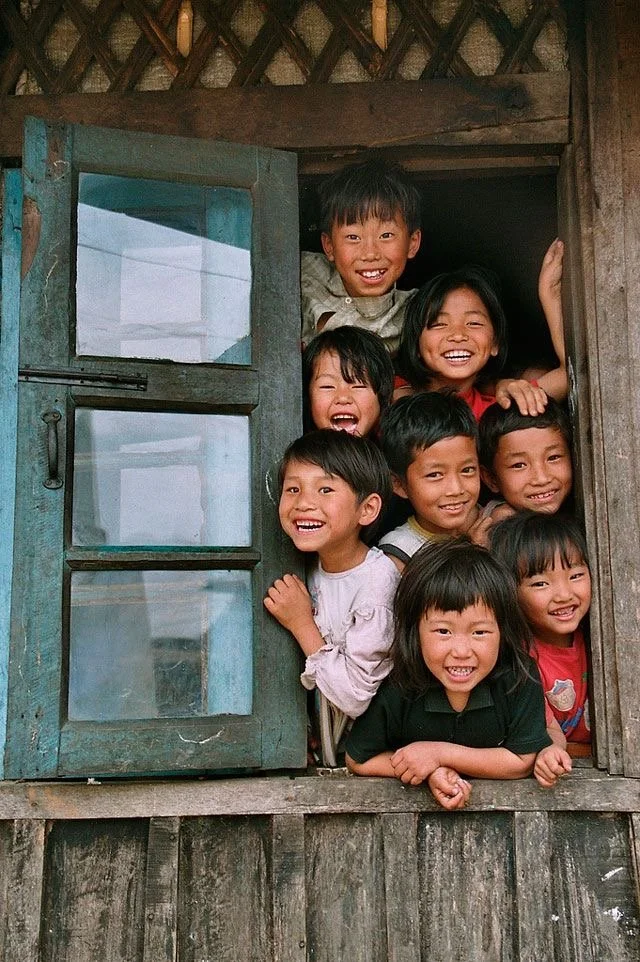
Safe Spaces
Do you know your child or teens Safe spaces? First let’s review what a safe space means. Safe Space are places, things or people that may help them feel calm, comfortable, and relaxed. This protective factor can help your loved one feel happy, excited and at peace.
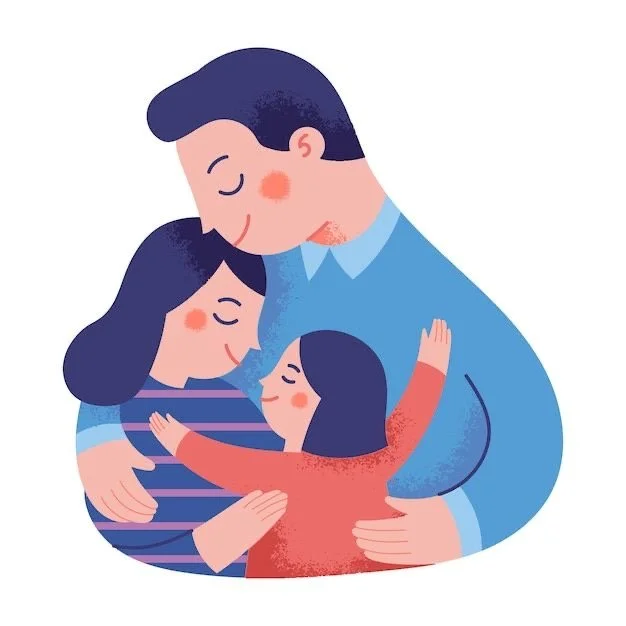
Love Languages: Parent -vs- Child.
Learn how your parental love languages Vs your Childs’ love languages effects your parental relationship. Love languages are the ways people show and receive love. When you and your child use different languages, it can be difficult to communicate your feelings. By learning your child’s love language— and helping them learn yours—you will be better able to share positive feelings.
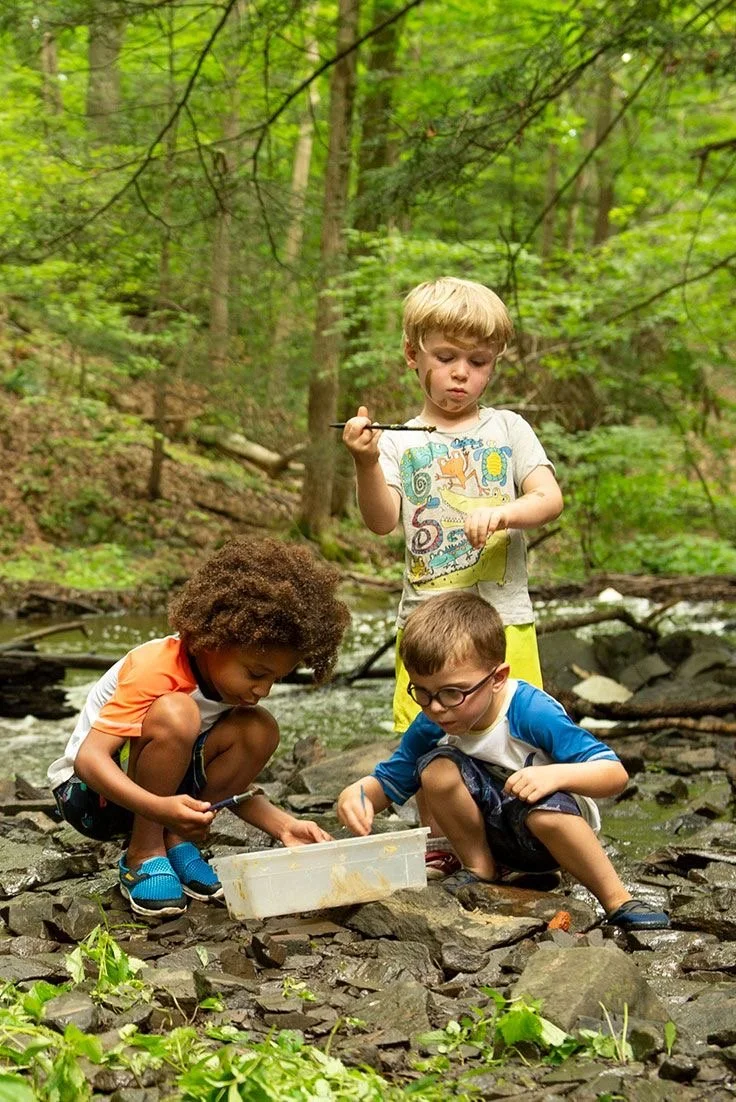
Create protective factors for your kids!
Learn how to create protective factors for your child. What are protective factors as it applies to kids? Protective factors are things that contribute to mental health and allow young people to be resilient in the face of challenges. To have strong protective factors will help your child to develop healthy coping skills.

Teach Problem-Solving Skills.
Problem solving is a method that will be very important for young people to develop throughout the developmental stages of growth. As adults we can tell when our peers, co-workers and more have not properly learned to how problem solve effectively and how it creates difficulties in adulthood. This is why it is highly important for anyone that works with young people to help with building problem solving skills.

Building SMART Goals.
You can use this method for any type of goal — personal, family, peers, financial, academics and more. You can also use the SMART goal framework for short-term and long-term goals.

Resilience
Building resiliency in our youth will also lead to more productive coping skills and strategies. Young people will face many life changes, developmental milestones and obstacles. Having the right tools to process and overcome these life circumstances will be highly beneficial towards their overall wellbeing.

Empowerment
Why is it important to have empowerment, especially in today’s society with social media being a Hugh part a young person’s life? Well, empowering our youth will help them overcome life struggles or challenges. When taking the time to help them to: learn and discover how to overcome obstacles, to learn to ask for assistance or to succeed on their own, will help them to enhance their capabilities to develop GRIT.

The Power of Purpose
When children are born, their main purpose in life is to eat, sleep and poop. As they grow through the developmental milestones, each life purpose will change to fit the appropriate needs of the child. Now, right before adulthood, many teens are going through the last stages of figuring out who they are, what they like and don’t like and what they want to be when they grow up. Thats where the Life purpose question comes in. What Is My Life Purpose?
